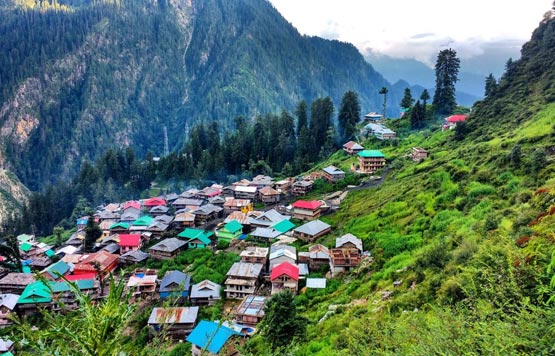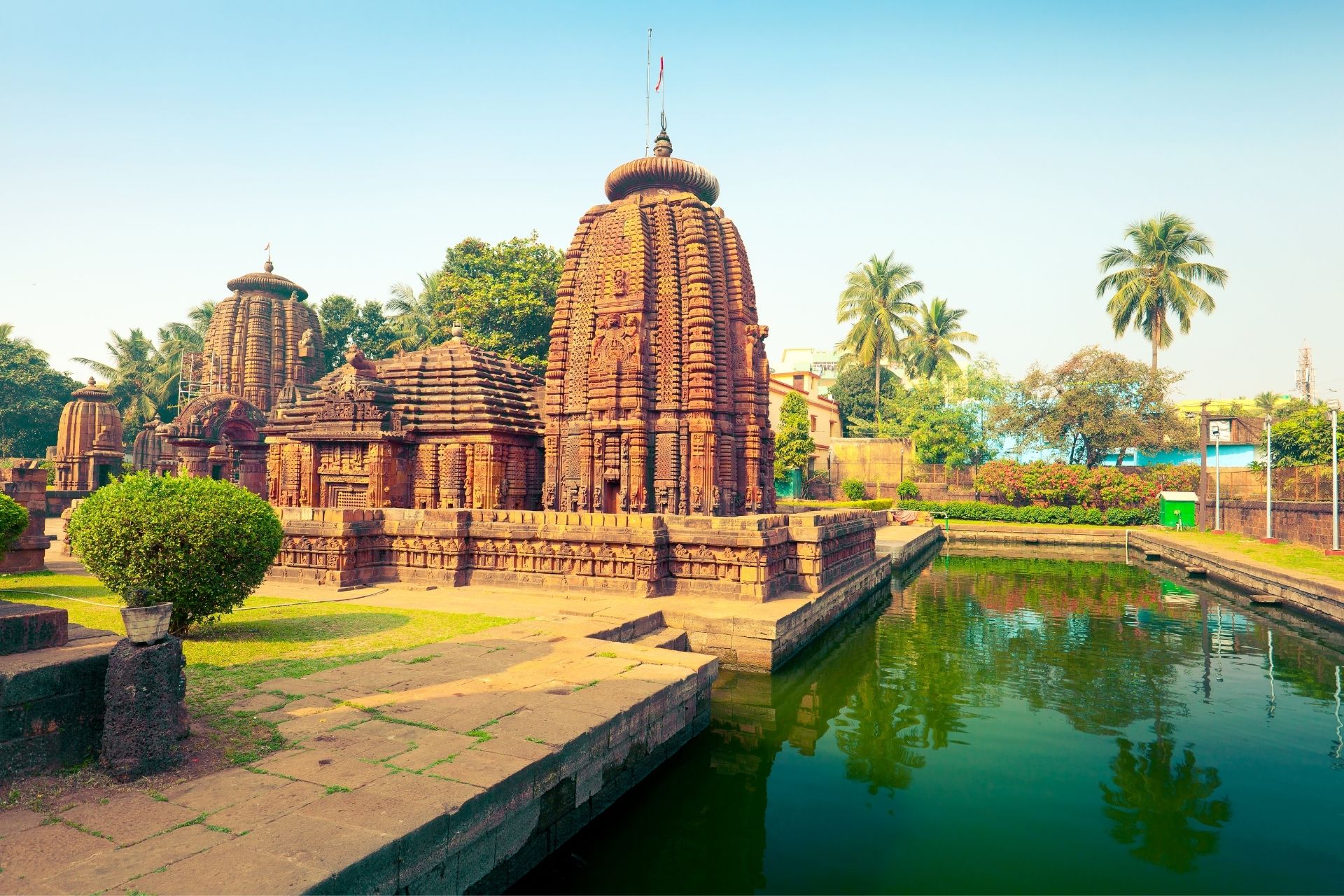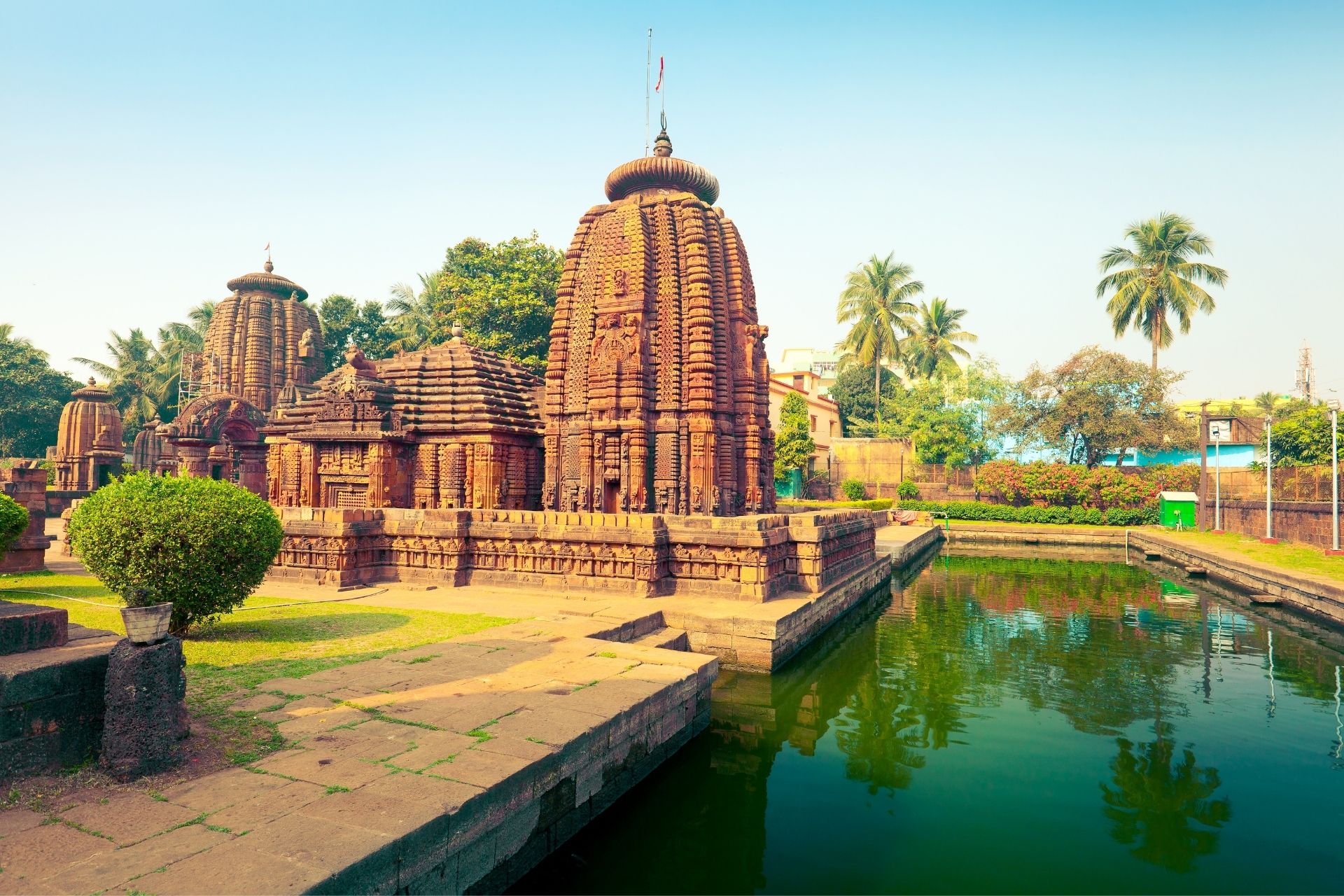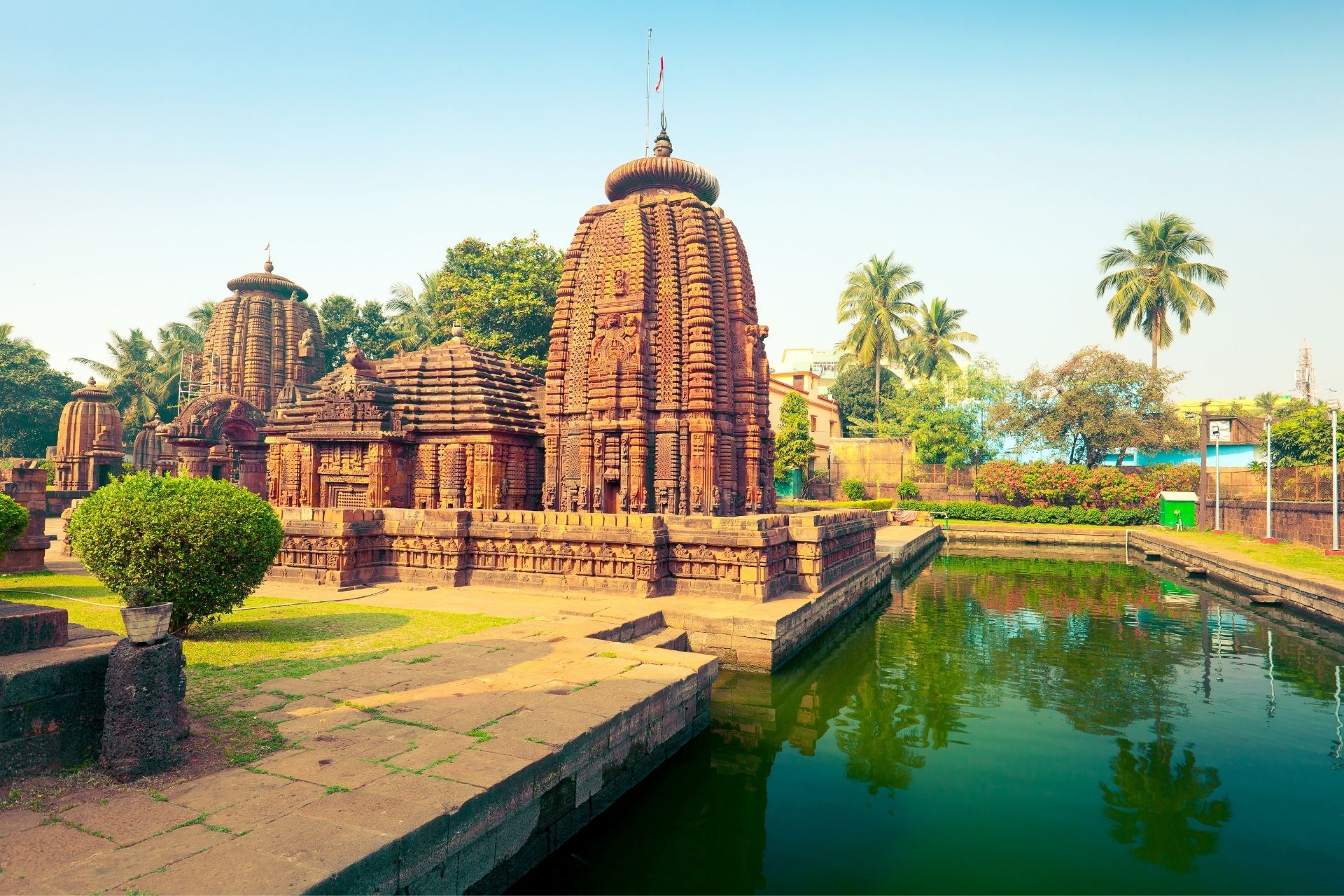Mattancherry Palace: A Glimpse into Kerala’s Royal Heritage

Strong 8k brings an ultra-HD IPTV experience to your living room and your pocket.
Mattancherry Palace, also known as the Dutch Palace, is one of the most iconic landmarks in Kochi, Kerala. With its rich history, remarkable architecture, and cultural significance, the palace is a window into the grandeur of the past. Located in the historical Mattancherry area of Kochi, it offers visitors a unique insight into Kerala’s royal heritage and the blend of cultures that have shaped the region over centuries.
A Historical Overview of Mattancherry Palace Kochi
The Mattancherry Palace was built around 1555 by the Portuguese as a gift to the Raja of Kochi, Veera Kerala Varma, to gain favor with the royal family. This architectural gesture was part of the Portuguese strategy to strengthen their influence in the Malabar Coast. The palace was later renovated by the Dutch after they captured Kochi in 1663, hence earning the name "Dutch Palace."
The structure was intended to be a gesture of goodwill, but it soon became a symbol of European colonial power’s involvement in local affairs. Today, it stands as a reminder of the blending of local and foreign influences, both in its architecture and its role in Kerala's history.
The Dutch Influence: Renovation and Rebirth
When the Dutch took over Kochi from the Portuguese in the 17th century, they made significant renovations to the Mattancherry Palace. While they retained its basic structure, they expanded the palace and made repairs, giving it a renewed grandeur. This is why the palace is often referred to as the Dutch Palace, despite its Portuguese origins.
The Dutch left their architectural imprint on the building, giving it the fusion look that visitors admire today. The palace stands as a blend of European design and traditional Kerala-style architecture, making it a unique and historically significant structure.
Architecture and Design of Mattancherry Palace
The architecture of Mattancherry Palace is a beautiful amalgamation of Portuguese, Dutch, and Kerala styles. The palace is built in the traditional "Nalukettu" style of Kerala, characterized by a central courtyard and a sloping roof. The central courtyard houses a small temple dedicated to the deity Pazhayannur Bhagavati, the royal family’s deity. There are also temples for Lord Krishna and Lord Shiva within the complex, reflecting the deep religious devotion of the erstwhile rulers of Kochi.
The palace is a two-storied building with long, spacious halls. The wooden ceilings and floors reflect the traditional Kerala style, known for its use of wood and natural materials. However, the influence of European architecture is visible in the arches and the layout of the rooms. This fusion of styles makes Mattancherry Palace a striking example of colonial-era architecture in India.
Murals: The Crown Jewel of Mattancherry Palace
The most notable feature of the palace is its exquisite murals. These murals, which adorn the walls of the palace, depict scenes from Hindu mythology, particularly from the Ramayana and Mahabharata. The paintings are done in the traditional Kerala style, which is known for its rich, vivid colors and detailed depiction of emotions.
The murals, covering an area of over 300 square feet, are considered some of the finest examples of Hindu temple art in India. They were painted between the 16th and 18th centuries and depict stories such as the coronation of Lord Rama, the adventures of Krishna, and the battle scenes of the Mahabharata. The intricate detail and vibrant colors of these murals make them a highlight of any visit to the Mattancherry Palace.
Why is Mattancherry Palace Famous?
Mattancherry Palace is famous for several reasons, the foremost being its historical significance and the stunning collection of art and murals housed within its walls. Here are some reasons why it stands out:
Historical Importance: The palace is a testament to the political and cultural shifts that took place in Kochi during the Portuguese and Dutch periods. It is a symbol of the strategic importance of Kerala’s port cities in the colonial era.
Cultural Synthesis: The blend of Kerala, Portuguese, and Dutch architectural styles is an extraordinary example of how foreign influences merged with local traditions to create something unique.
Mural Art: The intricate and vivid mural paintings that adorn the walls are a major draw for art enthusiasts and historians. The sheer scale and detail of these murals make them one of the most significant collections of traditional Kerala art in the world.
Royal Heritage: As the former residence of the Kochi royal family, the palace holds a significant place in the history of Kerala’s monarchy. The rooms of the palace, adorned with royal portraits and artifacts, offer a glimpse into the lives of Kerala’s rulers.
Who Stayed in Mattancherry Palace?
While the Mattancherry Palace was gifted to the royal family of Kochi by the Portuguese, it was never used as a primary residence by the kings. Instead, it served as a venue for important ceremonies and functions, particularly the coronation of the Kochi kings.
The palace also housed the royal family’s collection of artifacts, including portraits of the rulers of Kochi, swords, palanquins, and other royal regalia. Over time, it became a repository of the royal family’s legacy and a symbol of their authority.
Though the palace was not a permanent residence, it played a significant role in the ceremonial life of the Kochi rulers. Today, visitors can explore the various rooms and halls that were once used for royal functions and get a sense of the palace’s regal past.
Mattancherry Palace Entry Fee and Timings
The Mattancherry Palace is managed by the Archaeological Survey of India (ASI) and is open to the public throughout the week, except on Fridays and national holidays. Visitors can explore the palace's rich history, murals, and artifacts at nominal Mattancherry palace entry fee.
Entry Fee: INR5 for Indian citizens and INR100 for foreign nationals (fees are subject to change based on government policies).
Timings: The palace is open from 10:00 AM to 5:00 PM, with a break for lunch between 1:00 PM and 2:00 PM.
Visiting the Mattancherry Palace is an affordable and enriching experience, making it a must-visit destination for history buffs, art enthusiasts, and tourists in Kerala.
Mattancherry Dutch Palace Kochi: A Key Destination in Kerala Tourism
As part of the cultural hub of Fort Kochi and Mattancherry, the palace attracts a significant number of tourists every year. It forms part of the larger historical and cultural narrative of the area, which includes other famous landmarks like the Jewish Synagogue, Jew Town, and the bustling markets of Mattancherry.
The Dutch palace Mattancherry kochi kerala stands as a key destination in Kerala’s tourism circuit, drawing visitors who are interested in learning about the colonial history of the region, the influence of European powers, and the resilience of local cultures. Its proximity to other tourist attractions makes it a convenient and essential stop on any Kochi itinerary.
Conclusion
The Mattancherry Palace, or Dutch Palace, is not just an architectural marvel but also a treasure trove of history and culture. Its walls tell the stories of Kerala’s royal past, its murals depict timeless Hindu myths, and its very existence symbolizes the blending of local and foreign influences. From its Portuguese roots to its Dutch renovations, the palace stands as a testament to the rich and varied history of Kerala, making it a must-visit destination for anyone interested in exploring the heritage of Kochi and the broader Malabar Coast.
Whether you are an art lover, a history enthusiast, or simply a curious traveler, Mattancherry Palace offers something for everyone, making it one of the most famous landmarks in Kerala.
Note: IndiBlogHub features both user-submitted and editorial content. We do not verify third-party contributions. Read our Disclaimer and Privacy Policyfor details.







